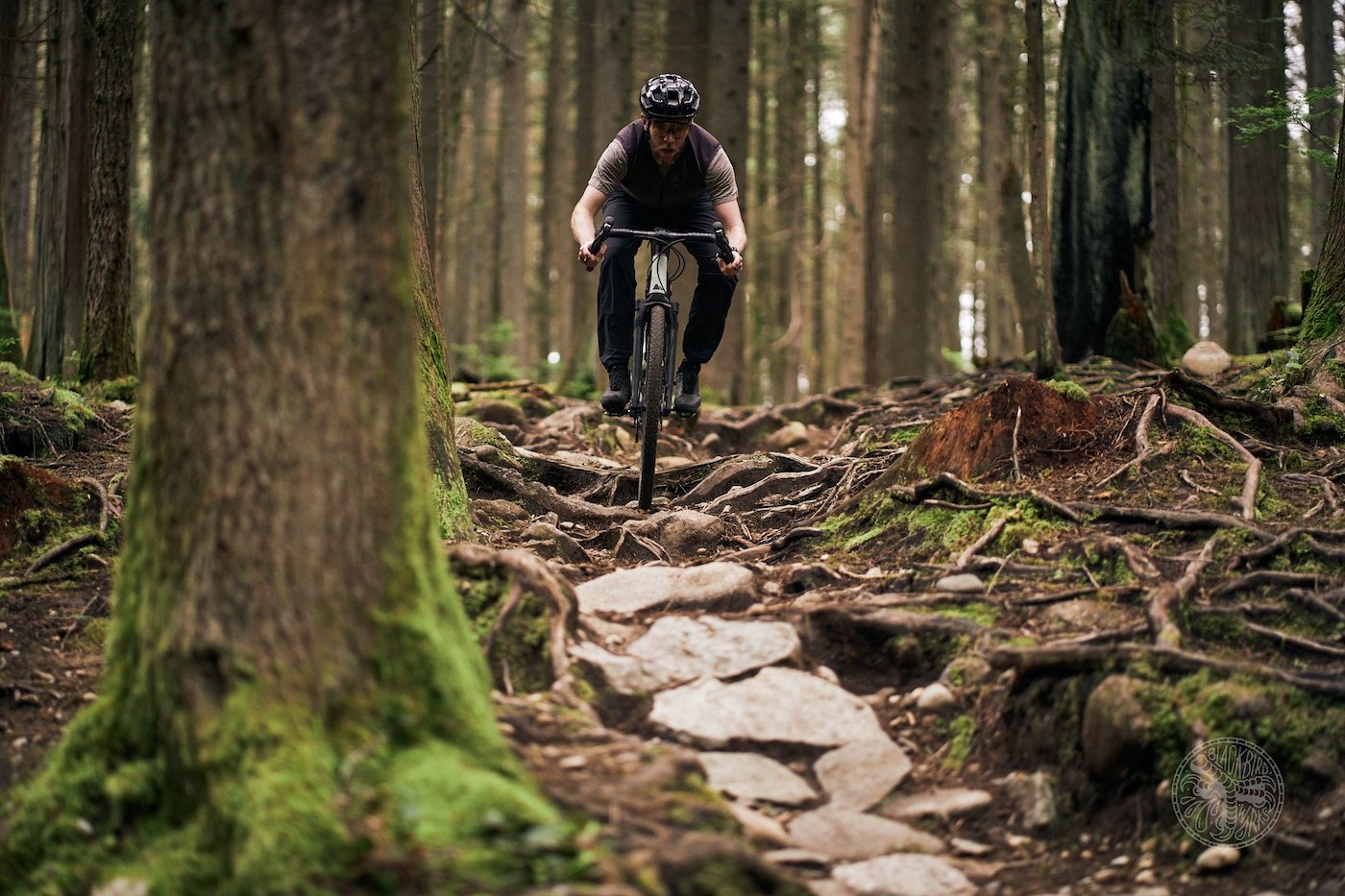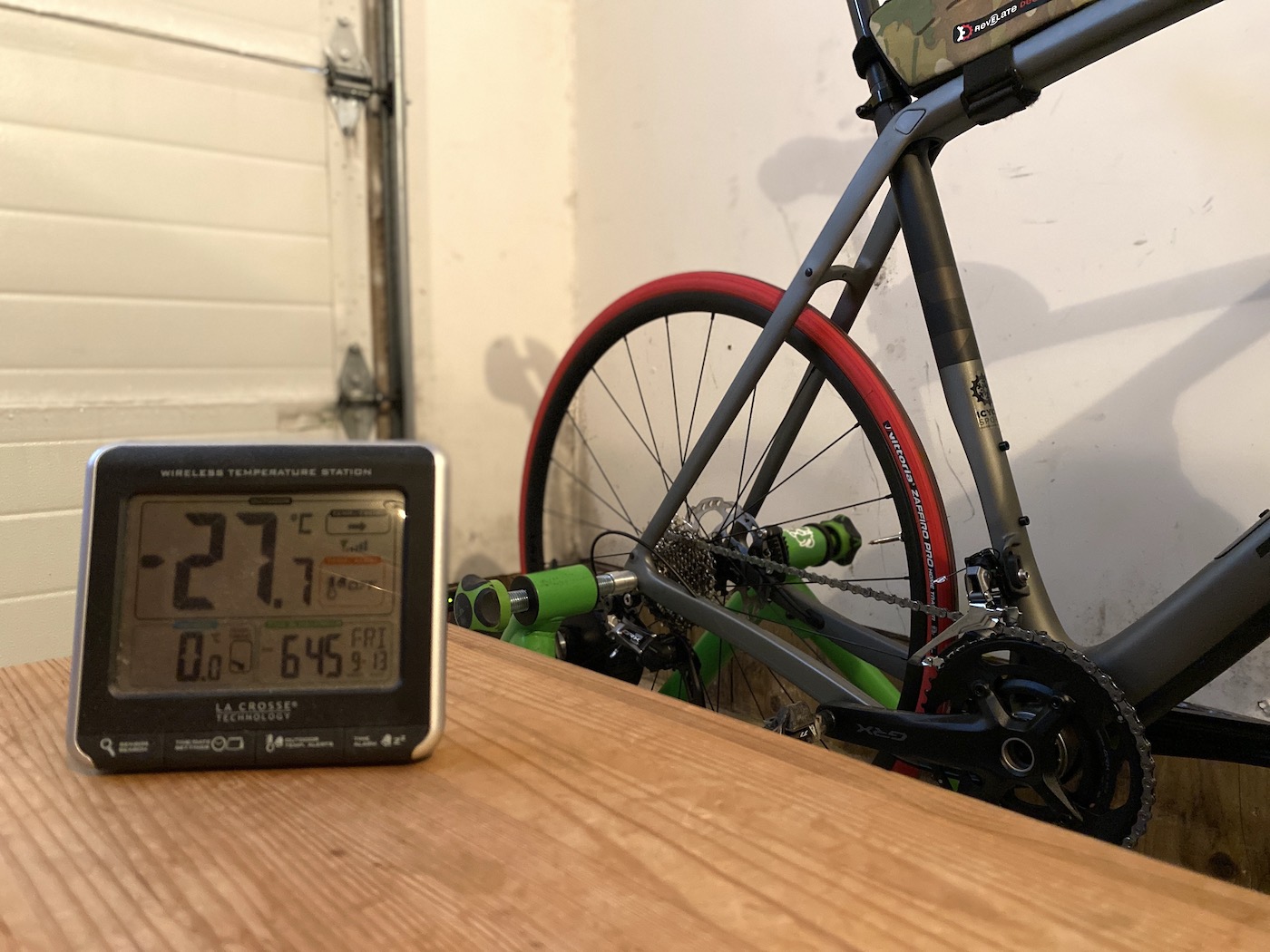Countdown to Belgian Waffle Ride Canada
I have friends who raced in the 2017 Belgian Waffle Ride (BWR) California which is a cycling event known for its difficult multi-surface course. The winning time is often in the neighbourhood of 7 hours and thousands of cyclists participate.
The BWR California course is traditionally over 200 km with 3,000 metres of climbing and a mix of asphalt, rocks, singletrack, sand and gravel. They call it an “un-road” event. Everyone gets treated to waffles, bacon, frites and if you finish, a trophy beer.
The guys came back raving about their BWR California experience and shared stories about the hardships they endured.
Naturally, I was interested. Maybe I could also race it one day.
In September, when I first heard about the BWR expanding to Canada, I texted one of those friends and asked if they knew about it and who was going. His answer?
Yes. We’re going. Get ready to sign up.
In a moment of delusion, a month later I registered for the 2023 BWR Canada. At last count 18 other Yukoners are going. We have quite the crew, many of whom are middle-aged dads like me. The event takes place the last weekend of May.

BWR Canada course
The BWR event organizers hold their new course designs close to their chest and don’t publish any sort of detailed information until a week before the start. All I know is that the Waffle category of the Vancouver Island BC course is:
- 220 km in distance
- Has 2,600 metres of climbing
- Is 45% “un-road” (about half is off-road)
I’ve mountain biked in the area – Duncan, BC – that BWR Canada is going to be held. We also lived near Vancouver for about 4 years while Sharla was finishing school, before we moved north to the Yukon.
Thus, when I picture what the un-road portions, I envision this:

Add some rain (which there’s lots of in BC) and those roots and rocks get slimy and slippery.
This will make tire choice and air pressure selection tricky, especially when the other 50% of the course is smooth surface. Those “smooth” sections could also be muddy and full of deep puddles, you never know.
This lack of information is all part of the fun and adventure of the BWR experience.
Compared to home
We have some local cycling events, the Gritty C.O.G and Gravel Growler that have been held for about 5 years. The organizers use the same course, but in different directions. Either way, those events often take me about 3 hours to finish, are 64 km in distance and have around 970 m of elevation gain.
This means that BWR Canada will be about 3.5 times longer and 2.6 times higher than these races.
Basically, it’s riding the Gritty C.O.G. or Gravel Growler course 3 times in one day with several thousand other people.
Oh my. What. Have. I. Done.
How I’m training
I started training for BWR Canada in November.
I took November off my bike and instead, lifted weights and did core strengthening exercises 3-4 days a week for about 5 weeks. This helped with my motivation to later start the bike training portion.
2022 was not a year I rode my bike much. Instead, I spent time as a volunteer organizing events for Cycling Association of Yukon and doing other non-bike things.
Not that I do that much distance anyway, but in 2022 I only rode 2,000 km. For the 5 years prior, I was on average closer to 2,600 km.
Since we started having kids in 2004, I’ve not trained in any organized or determined way. I still race, but just to participate. Hence, why I often get dropped when the pace repeatedly increases.
This pattern has changed with my preparation for BWR Canada. I’m trying to take my training seriously, or at least as seriously as a person with a family, full-time job, volunteer responsibilities and nearing 50 years old can accomplish (I know, excuses, excuses).
My progress so far:
December 2022
- 263 km of indoor bike riding
- 18 hours of cycling and weight training
- 3,900 m of elevation gain
January 2023
- 445 km of indoor bike riding
- 25 hours of cycling and weight training
- 6,800 m of elevation gain
To do this, I bought a used indoor trainer, subscribed to Zwift and TrainingPeaks and bought an 18-week training plan. I already had weights, bands and a mat for the weights and core exercises.
Admittedly, I’ve not been meeting the targets of the training plan. On average there’s supposed to be 9 hours of cycling each week and 1 hour of weights and core exercise (plus an hour of mental preparation).
I’ve been more in the neighbourhood of 5.5 to 6 hours on the bike each week. I still do the 1 hour of strength and mental preparation work though.
Since I live in the Yukon, riding an indoor bike trainer is a necessity if I want to get distance, elevation, and time (fat biking or XC skiing alone won’t get me there as I can’t last long enough in the cold).
Cycling on the trainer for more than 2.5 hours is mentally draining/boring, which is probably solid preparation for racing in the BWR with my possibly 10-hour finishing time. The longest ride I’ve done on the trainer is 3 hours and 37 minutes. That felt like forever.
Due to my training, I have started to notice performance improvements which in turns helps inspire me to keep going.
Riding on the trainer for 2 hours no longer seems unfathomable. My power to weight ratio has increased. I can now repeatedly accelerate and hold higher speeds for longer periods. I’ve also lost 8 lbs. since early December and gained (slightly) some muscle mass. It’s working!
My bike set-up
Although the original BWR event in California is still won mostly on road bikes with slightly fatter tires, the organizers recommend most normal people choose a gravel bike for their events. Gravel bikes are typically more stable and comfortable for those not in peak athletic form, especially important as over the course of the event I will start to fade physically and psychologically.
Accordingly, in November I bought my first-ever gravel bike: a 2023 Trek Checkpoint SL5 in the 61cm size from Icycle Sports.
Since winter had already started when it showed up at the store, my Checkpoint has never been ridden outside. The bike has only moved from the back of our truck to being mounted to the indoor trainer. I’m excited for spring to come and to be able to ride it somewhere else other than inside our garage.
My trainer set-up
Most Zwift articles recommend you set up a fan near your trainer to keep you cool. I don’t have this problem living in the Yukon and riding my bike in a cold garage.
In fact, I need to run a space heater next to the trainer to keep my feet warm!
When we went through a bout of cold weather in late December it only got to 0℃ in our garage while it was -27℃ outside.

This was achieved after hours of me generating some serious heat from riding the bike.
It makes me laugh to think back to that week where I’d be riding my bike before or after work, and someone would open the garage door. An extreme blast of cold air would immediately hit me and all the warm air I’d built up in the garage would disappear in seconds.
My goals for BWR Canada
To finish.
Seriously, I just want to finish and be able to crack open that BWR Bad Ass Ale trophy beer upon doing so.
Maybe these aspirations will change as more information is shared about the event and I get out for some group rides, but for now, that’s it.
Countdown to BWR Canada in May 2023
At this point, at the end of January, the Vancouver Island, BC event is about 118 days or 16 weeks away.
The training plan I bought and am following is 18 weeks long, but I started it in early December.
Math-wise, I should have begun it this month, but I figure I’ll just work on some type of taper as the event approaches in May. At least right now the timing doesn’t concern me.
I’m looking forward to the challenge, the group dynamics, and the very likely comical experience of travelling, staying and coordinating plans with almost 20 other guys for the first-ever BWR Canada.